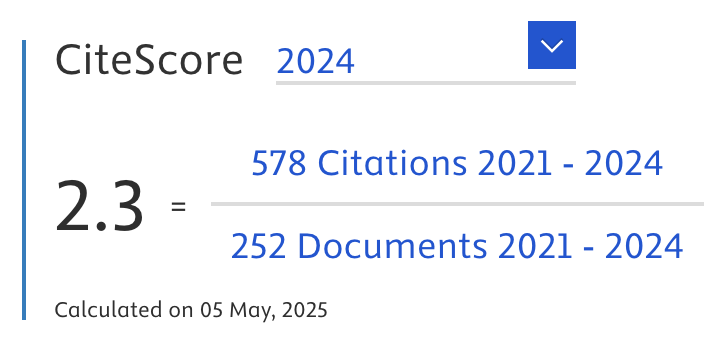Modeling Neuroelectrical-Microbiome Crosstalk: AI-Driven Insights into Gut-Brain Bioelectrical Signaling
Abstract
The gut-brain axis, traditionally understood as a chemical communication network, is reconceptualized in this study as a bidirectional bioelectrical system. This paper introduces a novel framework for exploring host–microbiome interactions through neuroelectrical signaling, integrating Artificial Intelligence (AI)-based modeling with experimental insights. The objective is to assess how microbial metabolites, especially Short-Chain Fatty Acids (SCFAs) such as butyrate (1.5–3.5 mM), modulate host membrane potentials, and how these bioelectrical changes influence microbial behavior. Using a hybrid simulation platform combining Recurrent Neural Networks (RNNs) and Graph Neural Networks (GNNs), we modeled dynamic interactions within a low-inflammation gut environment. Results demonstrated that increasing butyrate concentration from 1.5 to 3.5 mM led to a depolarization of enteric neurons from –70.0 mV to –63.1 mV over 24 hours. This shift was associated with a 2.5-fold increase in microbial diversity index and a suppression of pathogenic Enterobacteriaceae. SHAP (SHapley Additive exPlanations) analysis identified butyrate concentration (+0.43) and potassium channel expression (+0.27) as top contributors to excitability enhancement. Additionally, the simulation predicted improved gut motility and increased abundance of beneficial taxa such as Bifidobacterium. These findings suggest a previously underappreciated electrical layer of gut-brain communication that complements chemical pathways. The novelty of this work lies in its systems-level approach that quantifies and predicts the reciprocal influence between microbial activity and host electrophysiology. By combining bioelectrical principles with AI-driven simulation, the study contributes a mechanistic understanding and virtual testing environment for neuroelectrical-microbiome dynamics. This research opens new avenues for non-invasive interventions—such as dietary modulation or vagus nerve stimulation—to treat microbiome-related neurological and gastrointestinal disorders.
Article Metrics
Abstract: 163 Viewers PDF: 90 ViewersKeywords
Full Text:
PDFRefbacks
- There are currently no refbacks.

Journal of Applied Data Sciences
| ISSN | : | 2723-6471 (Online) |
| Collaborated with | : | Computer Science and Systems Information Technology, King Abdulaziz University, Kingdom of Saudi Arabia. |
| Publisher | : | Bright Publisher |
| Website | : | http://bright-journal.org/JADS |
| : | taqwa@amikompurwokerto.ac.id (principal contact) | |
| support@bright-journal.org (technical issues) |
 This work is licensed under a Creative Commons Attribution-ShareAlike 4.0
This work is licensed under a Creative Commons Attribution-ShareAlike 4.0





.png)